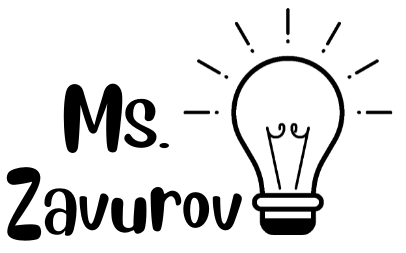A Unique Perspective
At the age of four, Richard Branson’s mother drove him miles from their London home, and asked if he could find his way back on his own. Branson said yes, and nine hours later when he found his way home, nothing in his life seemed difficult again. Soon after, he dropped out of high school, did not move on to college, and made his first million dollars by age nineteen. Branson is now a billionaire entrepreneur and business magnate controlling over 400 companies in various fields.
This is a beautiful success story, but there are safer ways to frontload experiences for a child. Why didn’t Sir Branson get his independence from the education system?
The current educational system is centered around structure.
Students are clustered together by grade and not by ability. Curriculum is taught in lockstep, where everyone learns the same thing, at the same time and pace. Teachers stand in front of the classroom, listing facts and formulas, providing procedures and training students to follow directions.
Education is standardized, and students aren’t given much opportunity to go deep on what they care about, build distinctive competencies, and create differentiated paths forward. (Ted Dintersmith, What School Could Be). Students are trained to be consumption machines, not creative thinkers. The former drains energy, and the latter produces it.
Students thrive from independence.
For the past few years, I have been teaching a new course from the Project Lead the Way Curriculum called Principles of Biomedical Science. It has an activity, project, and problem-based instructional design, tailor made for a modern approach to teaching.
The onus is on the students to research, explore, and generate ideas. Students are encouraged to use the internet to their advantage, all while following self-guided activities. To complement the self-directed learning, hands-on experiences in the classroom develop their laboratory skills and technique. Students are presented with an open-ended design problem which creates opportunities to work collaboratively, identify issues, apply what they have learned, persevere through challenges, and find unique solutions.
My role as teacher is less lecturing and more guiding. I am a facilitator, milling around the room, clarifying misconceptions and engaging in individualized conversations with my students, catered to their curiosities and interests. With more independence and less micromanagement, the class is free-flowing and students are excited to attend and tackle the real world problems presented to them.
To illustrate, after learning about diabetes, my students presented a prototype of Insuman, a surgically implanted robot created to treat and manage the disease. Insuman travels through the bloodstream using its unique sensor system that syncs with the other body systems. It runs calculations and generates a plan to adjust blood glucose levels, and injects insulin when needed.
I am grateful my school adopted this curriculum, but not every school has. All students should experience this level of independence in their learning and seamlessly carry these new found skills into their lives.
Will education evolve to suit the needs of children?
In recent years, initiatives have sprung to address childrens’ inherently independent, curious and creative nature, proving to be much more effective and engaging than traditional methods.
Curriculums like Project Lead The Way have opened the door of possibilities for teachers and students in the classroom. Online enrichment programs like Synthesis and Galileo focus on creative problem-solving and teamwork.
Killer Snails is great for an immersive virtual reality experience of the life of a scientist, and Brilliant replaces lecture videos with hands-on interactive problem solving to learn essential concepts in STEM.
Hellogenius is another great resource which uses AI-powered learning and exploration that meets your child where they are and takes them even further. Designed by thought leaders in parenting, education and technology, this might be the learning revolution that could change the world.
Education is evolving thanks to edtech startups and edupreneurs alike. It is a direct response to the need for students’ natural desire to enjoy the learning process. Strangely, the movement still feels niche, but I am looking forward to its accelerated expansion into public education and society as a whole.
Richard Branson took the time to learn what people needed and gave it to them in a way that was cheaper and better. He flourished.
Imagine what our society would be if we put millions of people through a similar experience.

